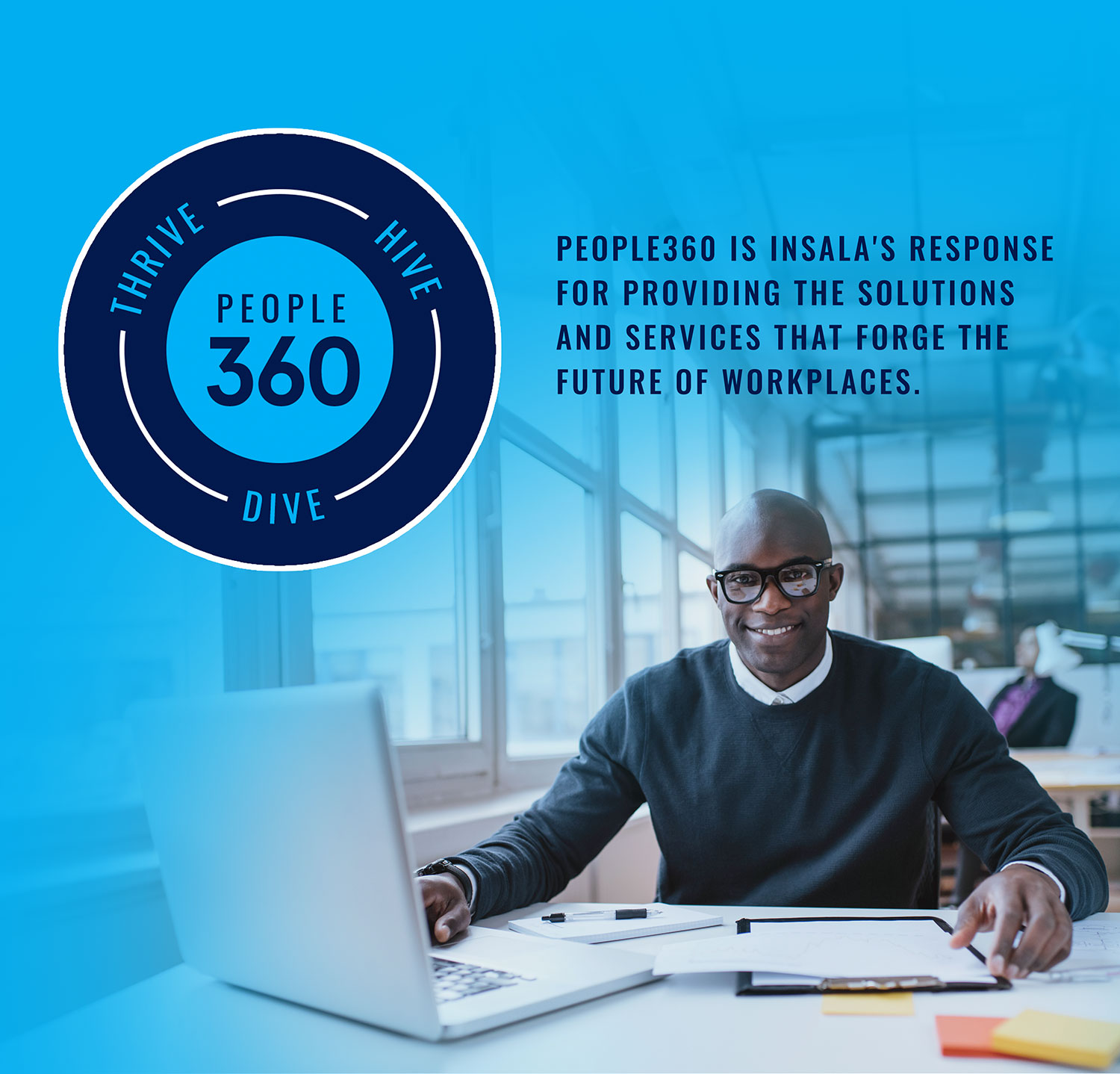How AI Enhances Employee Productivity & Workplace Efficiency
The Role of AI in Enhancing Employee Productivity & Workplace Efficiency
Read more
Can you believe that only 1 in 10 firms are happy with their current levels of employee engagement? This becomes a serious issue when you realize how much your organization could be losing due to low employee engagement levels. According to Gallup, actively disengaged employees cost organizations between $450 billion and $550 billion a year in lost productivity!
This may be tough to wrap your head around. It shows how crucial it is to make improving employee engagement a top priority.
1. Ensure Everyone Has Adequate Tools
Did you know that 3 in 4 employees feel that their organization doesn’t give them access to the latest technology to do their job efficiently? If you are working to improve employee engagement, this is a step you cannot skip.
Without the latest technology, individuals waste time doing their job the hard way rather than the smart way. This contributes to the loss of productivity and increase in stress. If you want to improve employee engagement, you must improve productivity and stress levels. It starts with giving individuals the adequate resources.
2. Provide Development Opportunities
Give your employees what they want! This is one of the best ways to show individuals that your values align with theirs. This directly improves employee engagement.
Many times, individuals just want opportunities to grow and develop their skills. According to Lorman, 87% of millennial employees say that learning and development opportunities are the most important benefit when deciding where to work. 67% of millennials say they would leave if an organization lacks these opportunities.
If your organization does provide development opportunities, you’re on the right track to improving employee engagement! However, you can’t leave out managers, as bad managers are the reason half of the work force quits their jobs. In another recent study, Udemy discovered that 60% of individuals feel that their managers need training.
We recommend implementing a mentoring program as another way of improving employee engagement. Mentees get real experience from leaders and the opportunity to expand their professional network. Individuals want to know that the organization cares about their success too. An effective mentoring program is the perfect way to say “thank you for your hard work.”
3. Focus on the Culture
When hiring a new individual, you should find someone to fit the culture, not only to fill the position. This endeavor is a two-way street. Some job-seekers will pass up the perfect job if the culture is a bad fit.
This may be a difficult trick to pull off. If mastered, individuals will stay highly engaged for a longer time. You won’t have to put as much time and effort into improving employee engagement in the long run.
Individuals at an organization with a positive company culture also encounter less stressful workdays. Workplace stress leads to less productive employees, as 57% of individuals experiencing high stress levels report being disengaged. To improve employee engagement and enforce a positive culture, encourage breaks and introduce fun activities.
4. Improve the Workspace Environment
Many organizations fail to consider how an individual’s physical work environment impacts their employee engagement. In reality, only 25% of individuals are satisfied with how their workplace is organized. This includes lighting and computer equipment, which also seem to be a factor hindering improvement of employee engagement.
This study was done by Steelcase, an organization that designs and builds workspaces for optimized collaboration, focus, and innovation. Steelcase also found that 15% of individuals who are highly disengaged find it difficult to concentrate in their work environment. They also discovered that of highly disengaged individuals:
Workspaces should be designed to make the office feel emotionally comfortable while offering the tools needed to be an efficient worker. Changing the physical workspace can be a more expensive way to improve employee engagement. However, simply making minor changes could do the trick.
Improvements could be made by adding plants and paintings to the office, rearranging the layout, or adjusting the lighting. Improving employee engagement doesn’t have to be costly. No matter the route you take, the ROI is well worth it.
5. Clarify Goals
Any successful organization knows to set SMART goals, but how these goals are implemented determines employee engagement levels. Goals should be personalized, and individuals should be encouraged to create a weekly progress report.
Effective goal setting motivates employees. 91% of organizations say that employee goals are linked to business priorities (McKinsey Global Surveys). This is that alignment of values we talked about that can directly improve employee engagement.
It’s simple: Individuals will be more engaged when they can see how their goals fit into the big picture. This encourages accountability when they see the impact of their work, leading to improved employee engagement.
6. Communication and Trust
Praise in public, criticize in private. Be transparent and provide autonomy. Most importantly, encourage accountability. These are all necessary components for improving employee engagement.
In a recent study done by HR Dive, respondents cited the top 5 office weaknesses:
These same respondents also said they value trust, passion, and mentorship the most. Sound familiar?
According to IBM, 83% individuals say they experienced a more positive environment when there was trust in their managers and their organization. Communication and trust go a long way in improving employee engagement.
Your organization should focus on fostering strong relationships through communication and trust. This will lead to having an organization of highly engaged individuals. These individuals care for the work they do and value the organization.


The Role of AI in Enhancing Employee Productivity & Workplace Efficiency
Read more
How People360 AI Transforms Workforce Management with AI-Driven Solutions
Read more
How to Use Data to Foster Personal Growth and Career Development in Your Employees
Read more
Building Professional Communities Within Organizations
Read more
Experts To Follow In The Diversity & Inclusion Space Diversity & Inclusion (D&I) is essential to the growth, prosperity, and ...
Read more

People360 is a pioneer and industry leader recognized by Global 1000 and Fortune 500 companies and associations internationally, for 28+ years as a leader in Career Management, Mentoring, Coaching, Career Transition, Alumni Software solutions and People Analytics.
© 2025 People360. All rights reserved. Privacy Policy